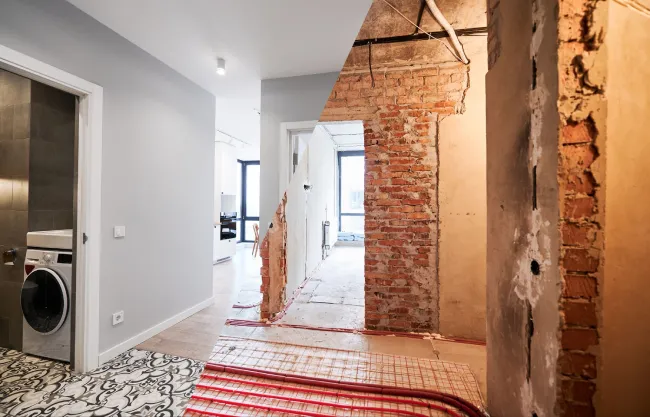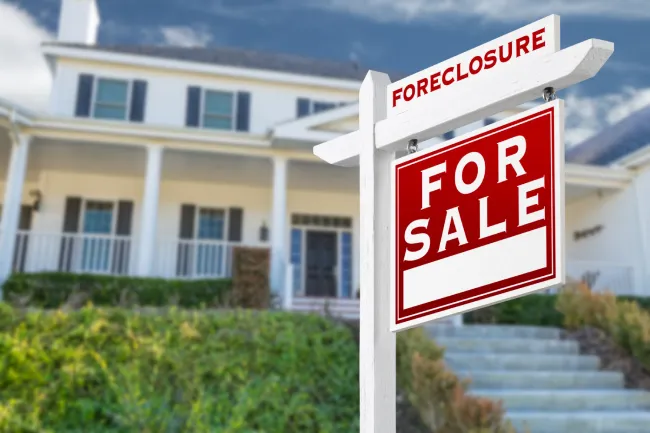What Is an STR in Real Estate?
STR, also known as short term rental, is a rental property that is offered for a term of 30 days or less. With home-sharing and vacation rental platforms increasingly popular, the short term rental markets have seen a boom over the last decade. More STRs are available to travelers, and it is easier for travelers to find STRs that suit their needs.
Some of these platforms are VRBO, Airbnb and HomeAway. These platforms do not actually own the properties. Instead, they act as a liaison between a property owner and travelers in search of a place to stay. STRs are available in a wide range of locations. These include hot vacation spots, urban areas, rural areas and more. Many STRs are full homes, condos or townhouses. Others are houseboats, cabins and other unique property types.
Business travelers and vacationers alike often prefer to stay in a short-term rental rather than a hotel. An STR offers a more private, relaxed experience in many cases. It has home-like accommodations with a kitchen, private parking and other amenities that are not typically available with a hotel stay. While many STRs are managed by property management companies, the overall rental experience for travelers may be more personalized. In addition, the rate for a short-term rental is often more affordable than a hotel’s nightly rate.
New and experienced real estate investors alike turn solid profits from short term rental properties. While the real estate market is volatile at times, high demand in the STR market is relatively consistent. Whether you have a spare room in your primary residence to rent out on a short-term basis or you are ready to invest in a new house, condo or townhouse to generate rental income, a closer look is in order.
What Is the Difference Between Short Term and Long Term Rentals?
When you compare STR vs LTR properties, several key differences stand out. The first is occupancy. Depending on the real estate market where the property is located, a short-term rental may have a peak rental period. For example, a cabin near a ski resort may be completely booked months in advance during ski season. In an urban area, there may not be a peak season. This dramatically impacts occupancy rates, rental rates and cash flow. With a long-term rental, the property may remain vacant for long weeks or months between tenants. Long-term rentals are more affected by the housing market. On the other hand, the occupancy rate for short-term rentals is based on traveler demand.
With both short-term and long-term rental properties, the property owner typically has established rental rules and requires a deposit. There may also be cleaning fees and an additional pet deposit. With a long-term rental, the monthly rate is locked-in for the term of the lease. This term may be six or 12 months or longer. If the real estate market tips in the property owner’s favor, the property owner is unable to increase the rent until after the lease term ends. With a short-term rental, the property is typically leased at least a week to a few months in advance. However, the property owner is not committed to a specific rate until a rental agreement is signed. This allows the property owner greater flexibility to react to changes in the real estate market. This supports optimized cash flow.
Is LTR or STR Real Estate a Better Investment?
When considering if an LTR or STR investment is better, there is no uniform answer. The investor must understand the pros and cons of each option available. The location, rental demand, market trends and even the investor’s personal preferences play roles.
Short-term rentals are in demand across the country and far beyond, but the demand varies by location. Often, there is more competition in high-demand areas. However, demand drives rental rates. In addition, you may benefit from a higher nightly rate and considerable demand with a short-term rental even when the real estate market takes a turn. This is because a short-term rental property’s income is driven by traveler demand rather than the real estate market.
Both long-term and short-term rentals have costs of ownership, and these vary by property. For both types of investments, the property owner is responsible for maintaining the property. With a short-term rental, the property is furnished, and the wear and tear on the property and furnishings can be extensive and costly. However, if your short-term rental appeals to business travelers, those guests may seldom be in the home and may leave less of an impact. Long-term tenants are generally easier on a property because they are committed to it for long months or even years.
Investors can use a property management company to assist with regular operations for both types of investment properties. Generally, an STR requires more hands-on attention. With a property management company, however, both types of investments require minimal time and energy from the investor.
How Do You Invest in an STR Property?
When analyzing potential properties for a short-term rental, you must be familiar with the short-term rental market in your area. Understanding a reasonable market rental rate for a specific property is necessary for calculating the cap rate. You also need a reasonable understanding of operating expenses and occupancy rates. The cap rate, or capitalization rate, is calculated by dividing net income by the property sales price and multiplying that figure by 100.
Generally, a lower cap rate indicates a lower return on investment. The ideal cap rate for a short-term rental property varies by location, but it typically runs between 4% and 12%. A higher cap rate is preferred, but may also come with more risks.
In addition to comparing cap rates on potential properties, understanding the needs and expectations of travelers is important. In an urban area, for example, business travelers may be most common and may prefer to rent a smaller space. If you are investing in a vacation area, however, more bedrooms and amenities can increase the marketability of your investment. These amenities may include a hot tub, pool, game room and other features.
STR laws and regulations vary by location. In some cases, the city may charge special taxes and other fees. It may require a registration or the establishment of business. utilizing the services of a real estate agent with experience in short-term real estate investment properties can be advantageous.
How Do You Finance a Short-Term Real Estate Investment?
Unless you are willing and able to pay the full sales prices and all related fees to purchase your STR property outright, financing is essential. Short-term rental property loans typically have a larger down payment requirement than LTR loans. They also can have higher interest rates. Underwriting may be based on a review of the applicant’s investment property experience and financial strength. The property management company’s experience and STR market may be analyzed. The DSCR is carefully reviewed by underwriting as well. The DSCR, or debt service coverage ratio, describes the property’s ability to service the debt. a 1:1 ratio means that the property is producing only enough money to make the monthly debt payment. While many lenders offer investment property loans, STR financing is more challenging to find.
Explore STR Financing Options at Macoy Capital
Macoy Capital focuses on helping real estate investors achieve their goals. We provide competitive, strategic financing to suit many loan request scenarios. To learn more about STR financing terms available for your investment, contact Macoy Capital today.







